The upcoming federal budget for 2025–26 is expected to bring a major shake-up in how we pay for fuel, groceries, and everyday services. If you’re still paying with cash get ready to pay more. In an effort to curb undocumented transactions and push for financial transparency, the government is rolling out a dual pricing system.
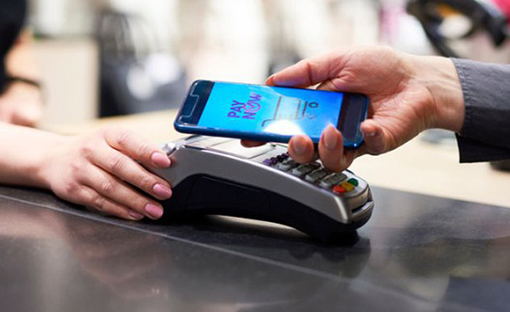
The upcoming federal budget for 2025–26 is expected to bring a major shake-up in how we pay for fuel, groceries, and everyday services. If you’re still paying with cash get ready to pay more.

In an effort to curb undocumented transactions and push for financial transparency, the government is rolling out a dual pricing system. Simply put: paying digitally will be cheaper, while cash purchases will come with a higher price tag.
Fueling Up? Cash Could Cost You Extra
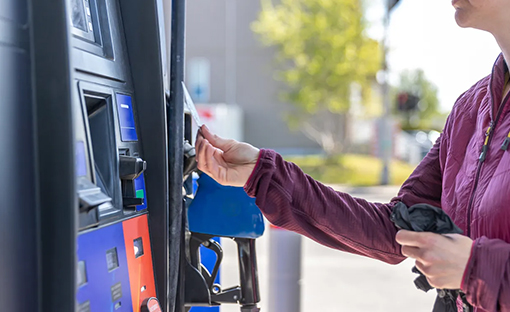
At petrol stations, prices announced by the government will apply only if you pay via card, QR code, or mobile wallet. If you pay cash, you may be charged an additional Rs. 2–3 per litre.
To support this transition, all fuel stations will be required to offer digital payment
options –from card machines to QR codes, ensuring ease for customers across the board.
Retail and Services to Follow
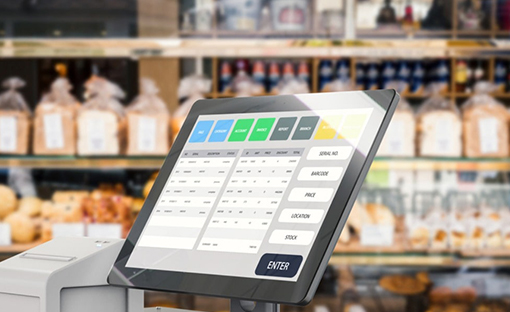
This pricing model won’t be limited to fuel. Retail shops, service providers, and even small vendors will need to offer dual payment methods—cash and digital. Businesses of all sizes will have to comply.
Digital payments will be taxed under the standard 18% GST, while cash transactions may incur up to 2% extra GST as a deterrent.
Perks for the Salaried Class
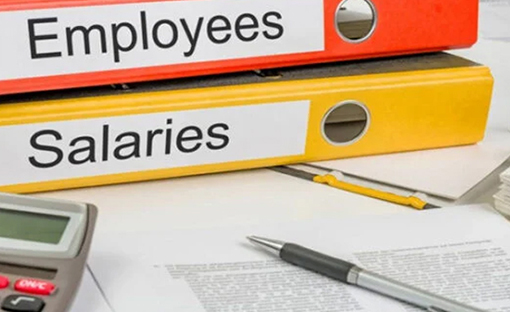
On a more positive note, the budget is likely to offer some relief to salaried individuals,
with a 1–1.5% reduction in income tax.
A Push Toward a Documented, Digital Economy
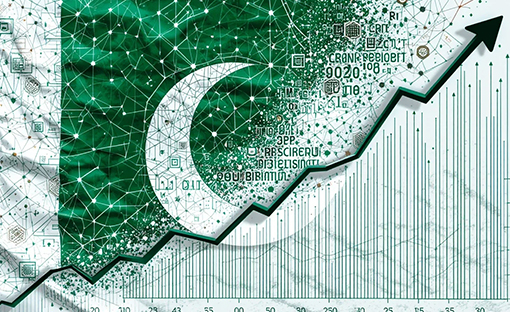
The bigger picture? The government aims to bring more transactions into the tax net and reduce the shadow economy. By making cash more expensive, policymakers hope to shift behaviors and promote traceable, digital payments.
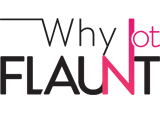


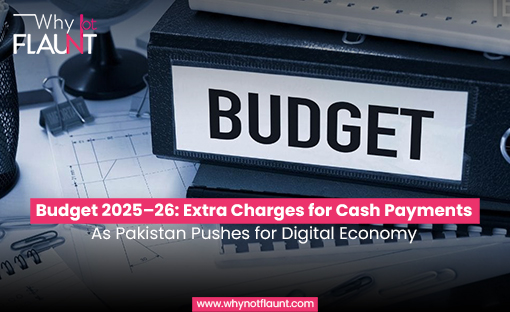
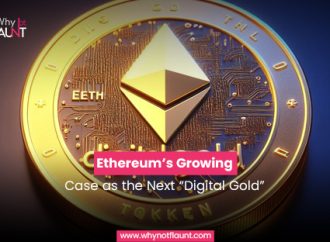

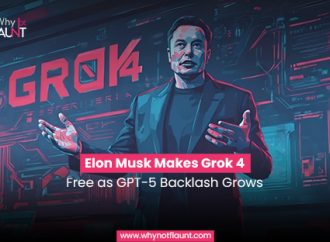














Leave a Comment
Your email address will not be published. Required fields are marked with *